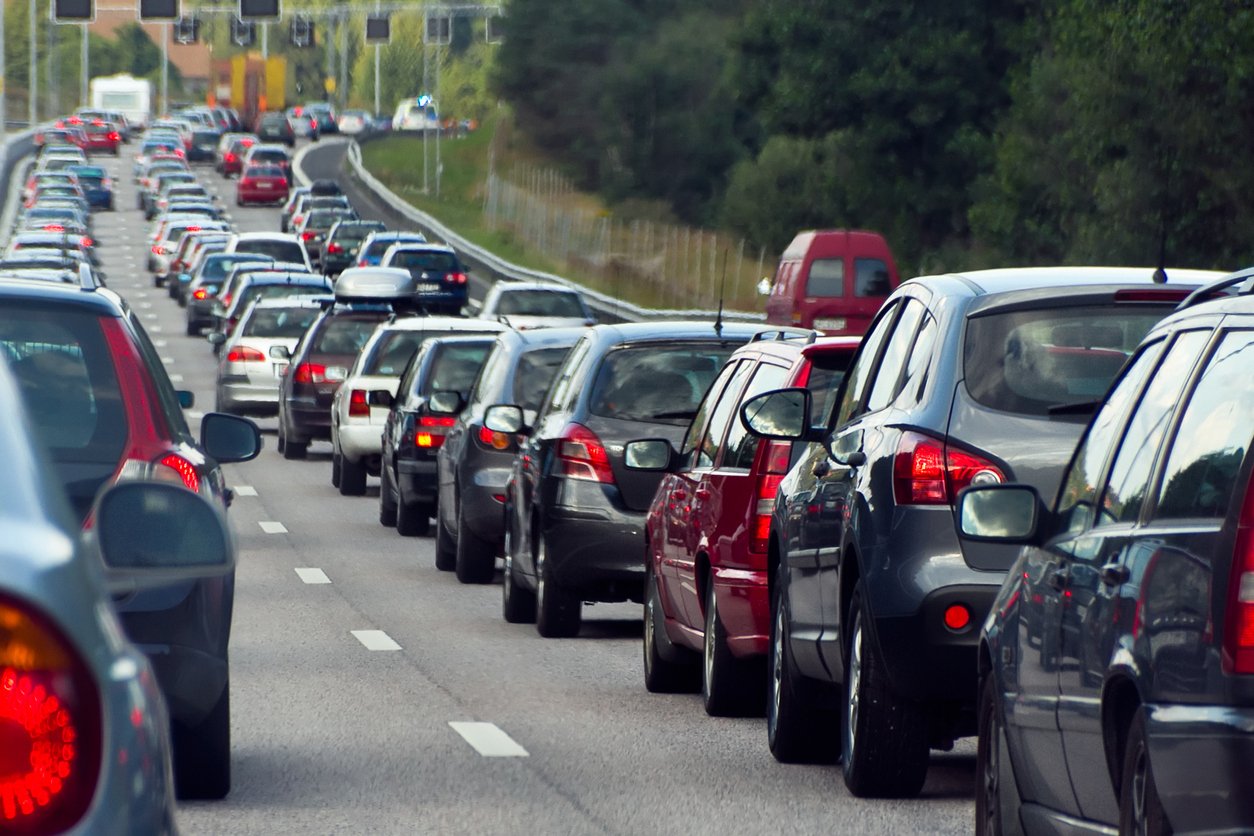The term “HOV” is a commonly used abbreviation that holds significant importance in transportation and urban planning. HOV’s stands for High Occupancy Vehicle, referring to vehicles with multiple passengers. HOV’s lanes are a strategic part of modern traffic systems, designed to reduce congestion, encourage carpooling, and promote eco-friendly commuting options. This article delves into the concept of HOV’s, its importance, benefits, implementation, and much more.
What is HOV?
HOV, or High Occupancy Vehicle, typically refers to vehicles carrying two or more passengers. The purpose of defining such vehicles is to enable efficient traffic management and promote shared transportation. Below are the key aspects of HOV’s:
- Definition: A vehicle with multiple occupants, usually defined as at least two or three passengers, depending on the region.
- HOV Lanes: Special lanes on highways and main roads dedicated to HOVs to encourage carpooling and reduce solo-driving.

The History of HOV Lanes
HOV lanes originated in the 20th century as an answer to growing urban traffic congestion.
- Early Beginnings: First introduced in the United States in the 1970s.
- Evolution Over Time: From dedicated bus lanes to multi-passenger lanes, the concept grew with the rise of carpooling.
- Global Adoption: Many countries adopted HOV’s lanes as a part of urban planning to address both congestion and environmental concerns.
How Do HOV Lanes Work?
HOV lanes operate with specific rules that vary depending on the location. Here’s how they typically work:
- Eligibility Criteria: Only vehicles with the required number of passengers can use these lanes.
- Dedicated Road Space: Marked lanes are often situated on the leftmost or rightmost part of a highway.
- Time-Based Usage: Some HOV’s lanes have time restrictions, functioning as general lanes during off-peak hours.
Benefits of HOV Lanes
The implementation of HOV lanes comes with a myriad of benefits:
- Reduced Traffic Congestion: By encouraging carpooling, fewer single-occupant vehicles are on the road.
- Lower Carbon Emissions: Fewer cars mean reduced emissions, aiding environmental sustainability.
- Cost Efficiency for Commuters: Shared rides translate to savings on fuel and tolls.
- Improved Public Health: Reduced traffic leads to lower air pollution, benefiting public health.
Types of HOV Vehicles
HOV’s vehicles aren’t limited to passenger cars. The classification often includes:
- Buses: Public transportation that automatically qualifies as HOV.
- Carpool Vehicles: Privately owned cars with two or more passengers.
- Vanpools: Larger vehicles used for group commutes.
- Motorcycles: In many regions, motorcycles are allowed in HOV’s lanes due to their smaller size and efficiency.
HOV vs. General Traffic Lanes
HOV lanes differ significantly from general traffic lanes.
- Exclusive Access: Reserved for vehicles with multiple occupants.
- Faster Travel Times: HOV’s lanes are often less congested.
- Encouragement of Shared Travel: General lanes prioritize accessibility for all, while HOV’s lanes focus on efficiency.
Challenges in Implementing HOV Lanes
Despite their benefits, HOV lanes face several challenges:
- Public Resistance: Many drivers prefer solo driving for convenience.
- Enforcement Issues: Ensuring only eligible vehicles use HOV’s lanes requires constant monitoring.
- Limited Awareness: Not all drivers understand the rules or benefits of HOV’s lanes.
- Infrastructure Costs: Constructing and maintaining dedicated lanes can be expensive.
Technology in HOV Lane Monitoring
Modern technology plays a crucial role in enforcing HOV’s lane rules.
- Automated Cameras: Used to monitor and penalize violators.
- License Plate Recognition: Helps identify vehicles misusing the lanes.
- Smart Signage: Displays real-time updates on HOV’s lane status and traffic conditions.
The Environmental Impact of HOV Lanes
HOV lanes are part of larger sustainability efforts:
- Promoting Clean Energy Vehicles: In some regions, electric or hybrid vehicles are allowed in HOV’s lanes, even with a single occupant.
- Reduced Fuel Consumption: Carpooling minimizes overall fuel usage.
- Improved Air Quality: Fewer vehicles lead to cleaner air in urban areas.
Global Examples of HOV’s Lane Success
- United States: HOV lanes are widespread in states like California and Texas, contributing significantly to reduced congestion.
- Canada: Major cities like Toronto have implemented HOV’s lanes with strict enforcement.
- Australia: High Occupancy Vehicle lanes in Sydney are part of broader traffic management strategies.
How to Encourage HOV’s Usage
Encouraging the use of HOV’s lanes requires strategic planning and incentives:
- Public Awareness Campaigns: Educating the public on the benefits of carpooling.
- Incentives for Carpooling: Offering reduced tolls or parking discounts for HOV users.
- Employer Programs: Promoting vanpools or car-sharing initiatives at workplaces.
Future of HOV Systems
With advancements in transportation and urban planning, the future of HOV’s systems looks promising:
- Integration with Smart Cities: HOV’s lanes will align with smart transportation networks.
- Adoption of Autonomous Vehicles: Self-driving cars could redefine how HOV’s rules are applied.
- Expanding Eligibility: Including more categories like ride-sharing services.
Common Myths About HOV’s Lanes
- Myth: HOV lanes are always empty.
- Fact: While they may seem underused, they are designed to prioritize efficiency.
- Myth: HOV’s lanes don’t reduce traffic.
- Fact: Studies have shown significant reductions in congestion with HOV lanes.
- Myth: Enforcement isn’t strict.
- Fact: Many cities implement strict monitoring to ensure compliance.
Conclusion
HOV systems are a critical component of modern urban infrastructure, addressing traffic congestion, environmental concerns, and commuter convenience. While challenges exist, the benefits far outweigh them, making HOV’s lanes an essential tool for sustainable transportation. Understanding and embracing the concept of HOV’s can lead to a smoother, greener, and more efficient commuting experience for everyone.
This comprehensive guide to “HOV’s” sheds light on its significance and role in improving urban mobility, ensuring a better future for transportation.


